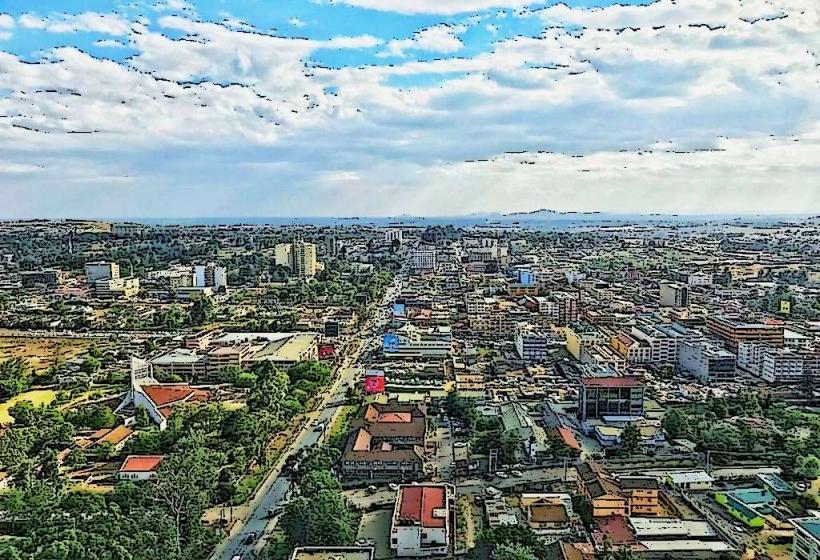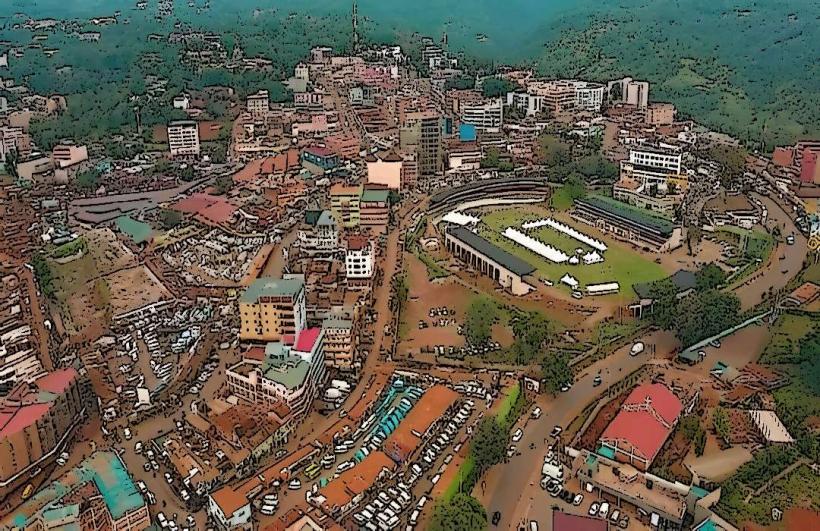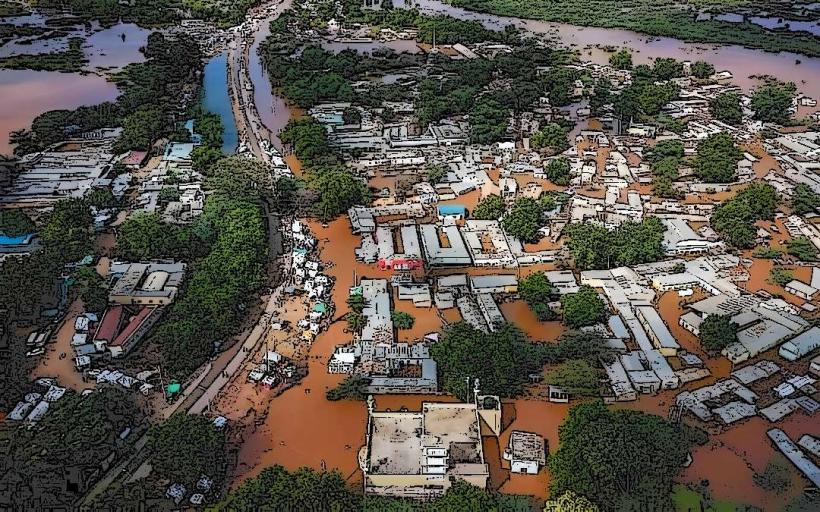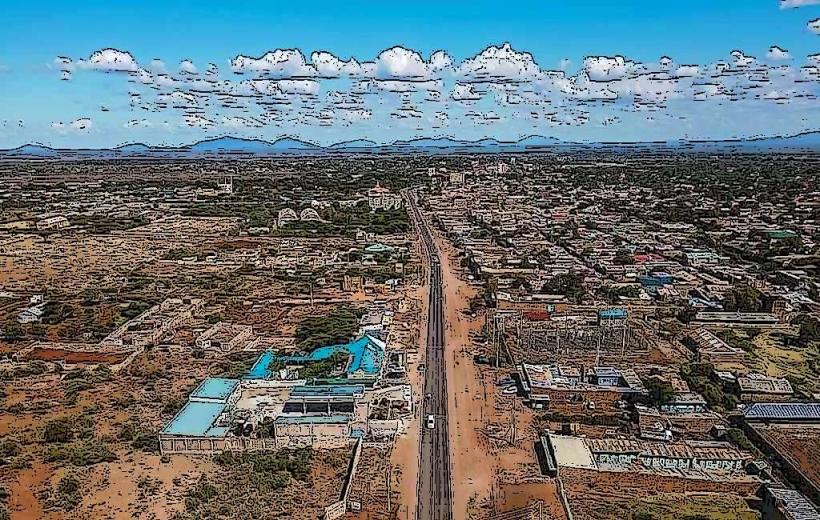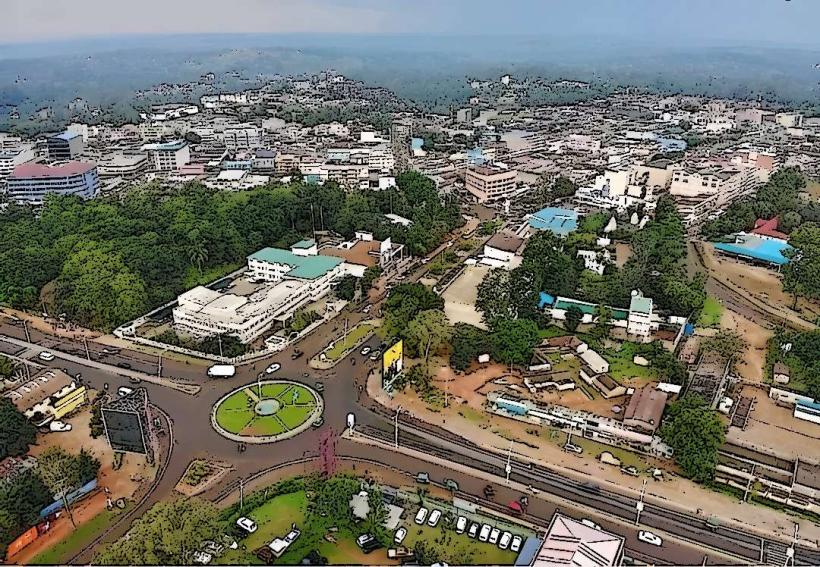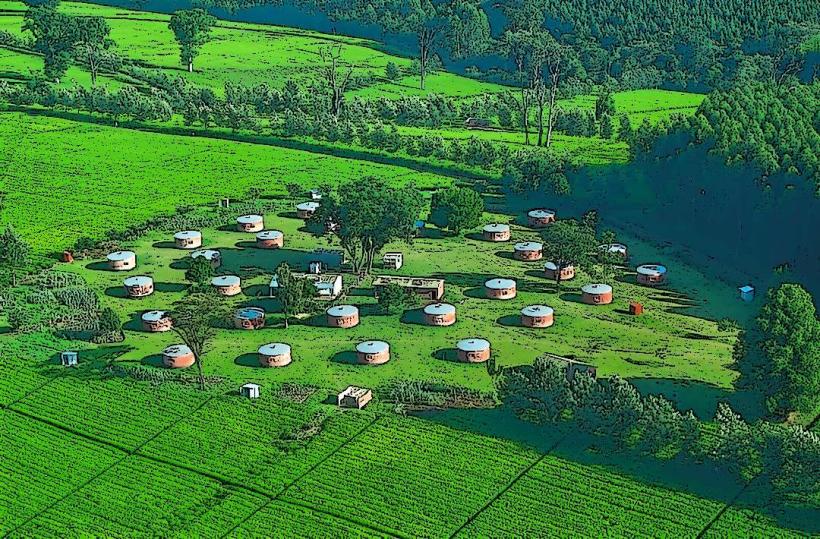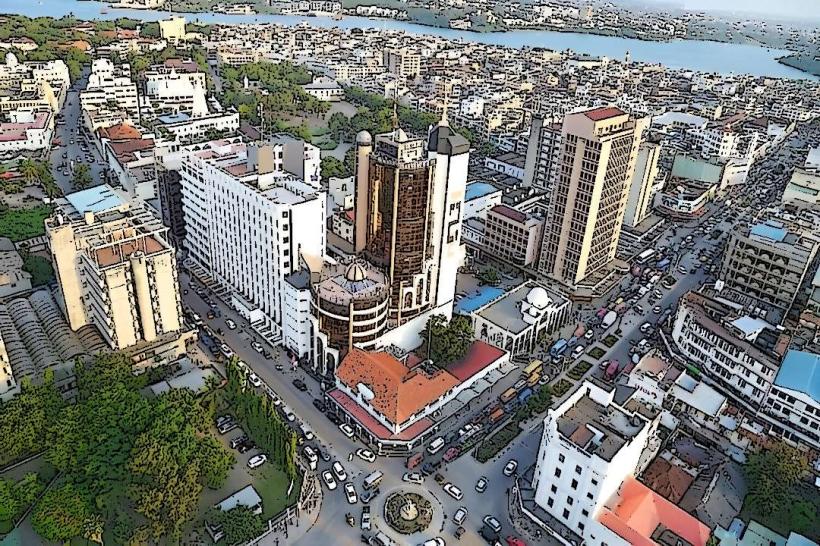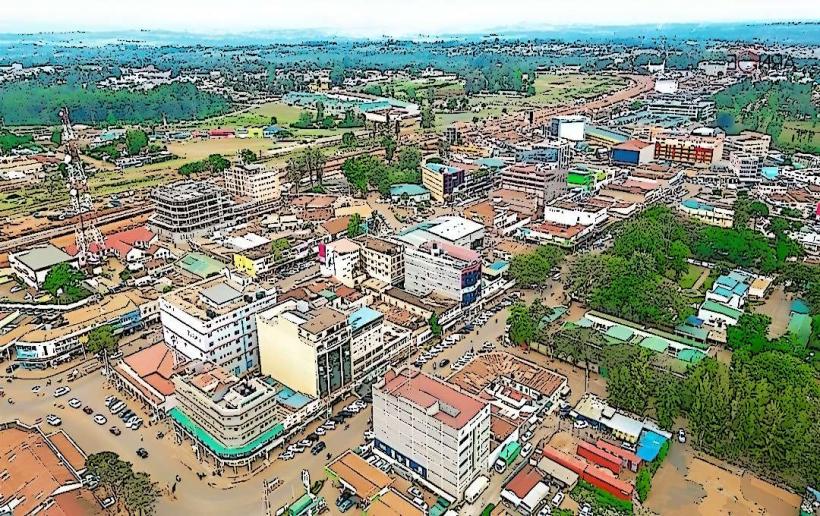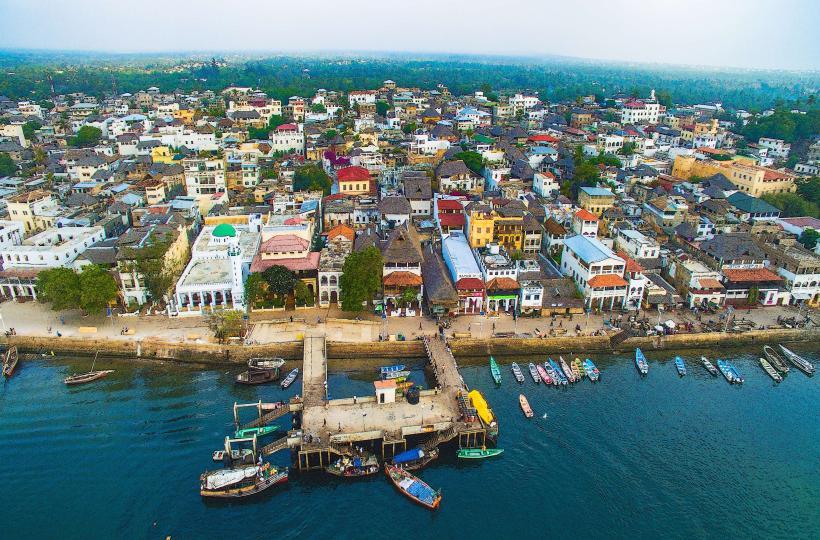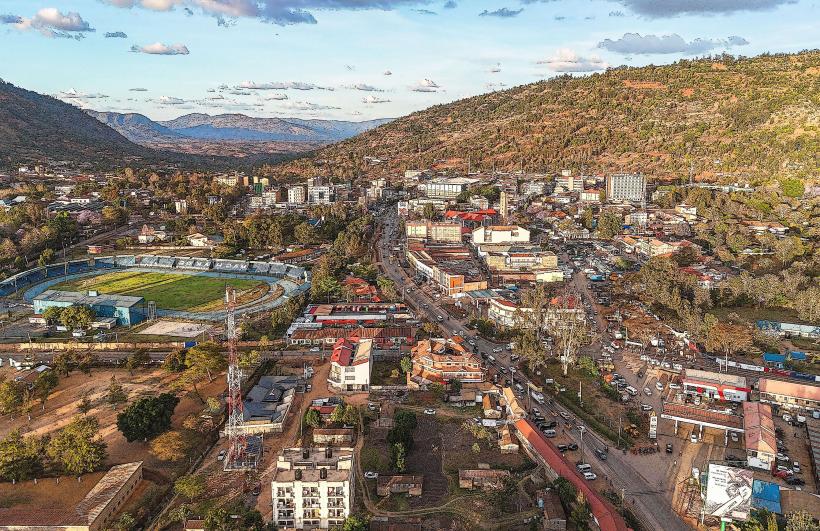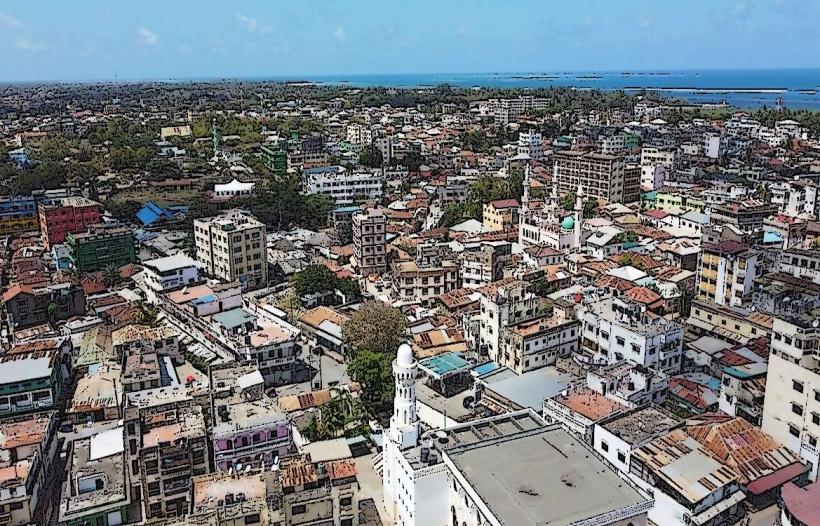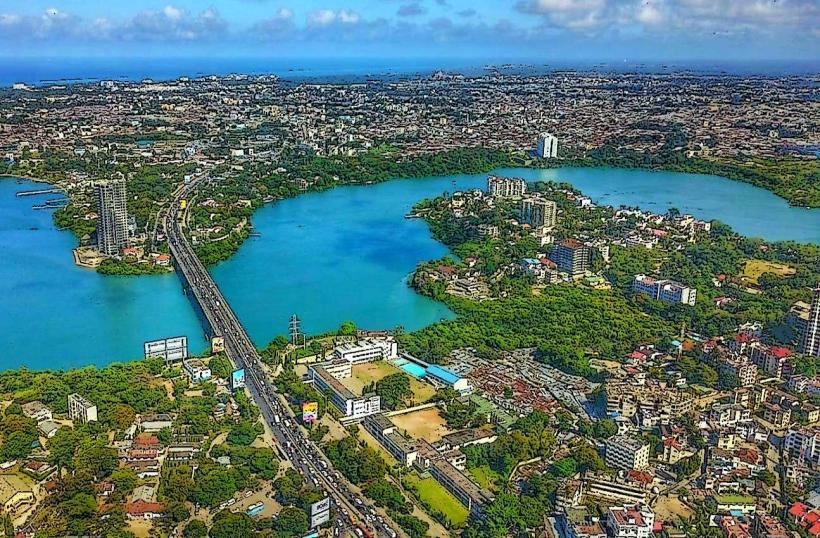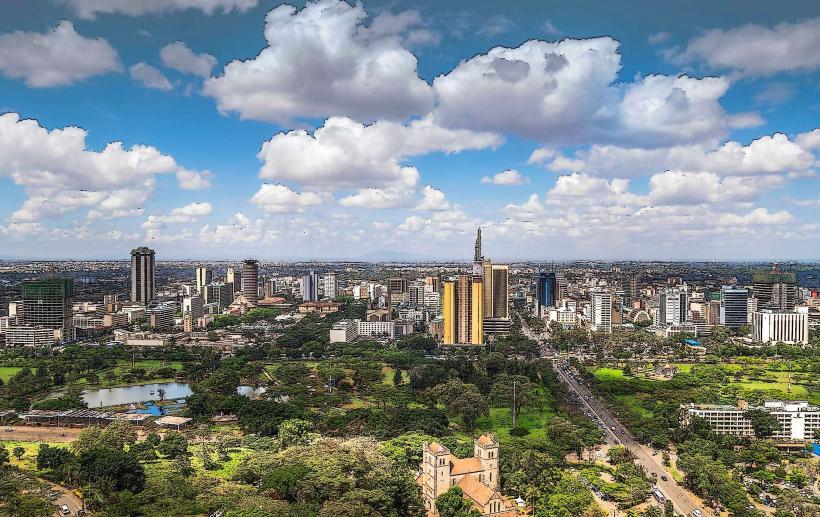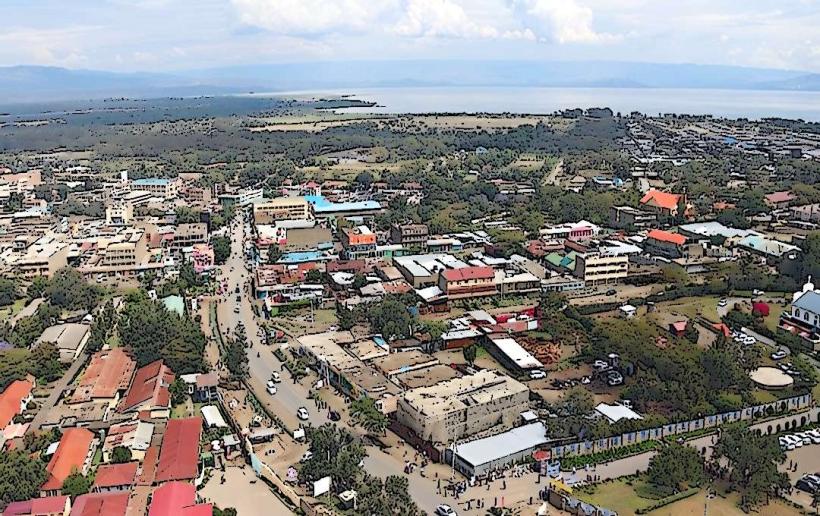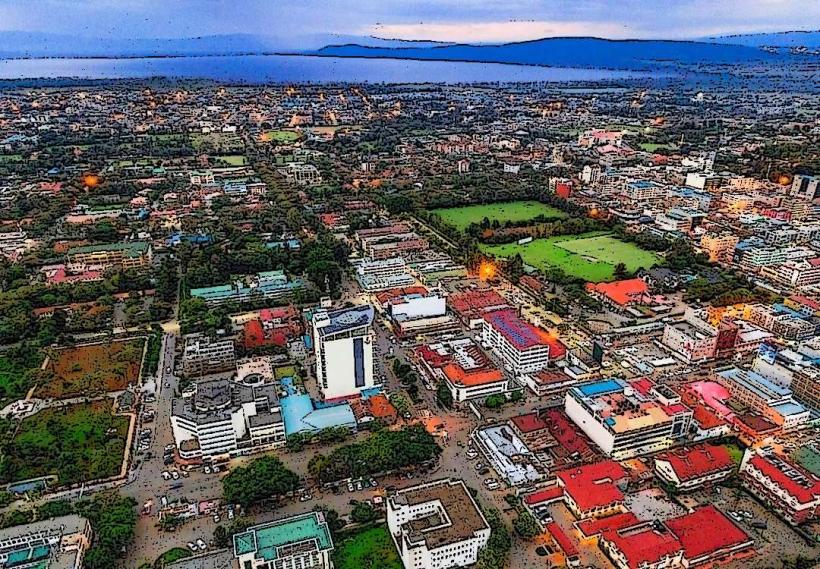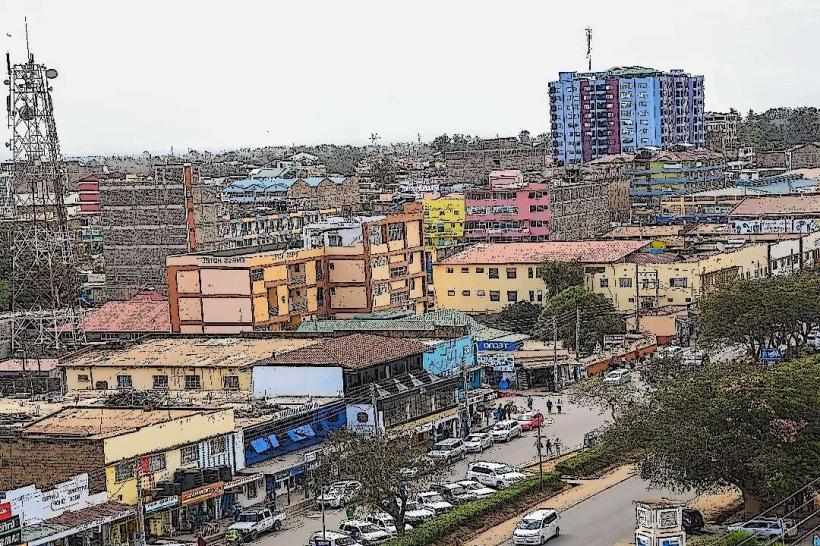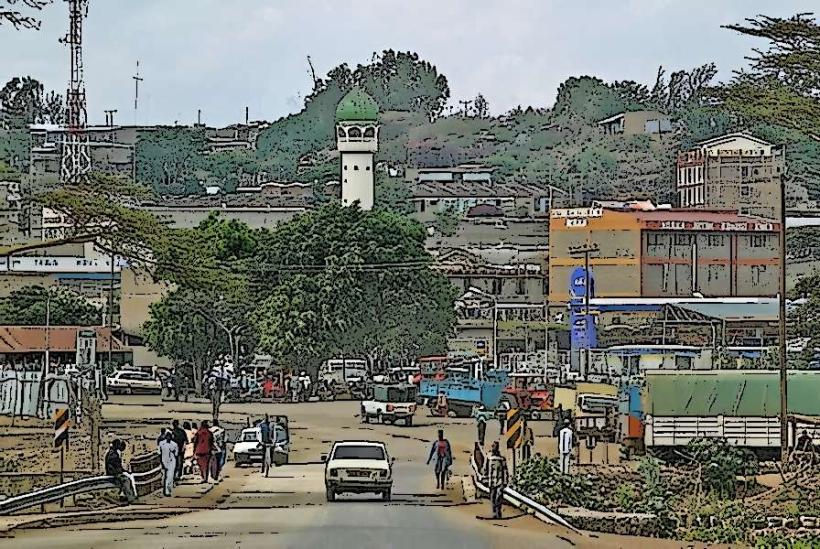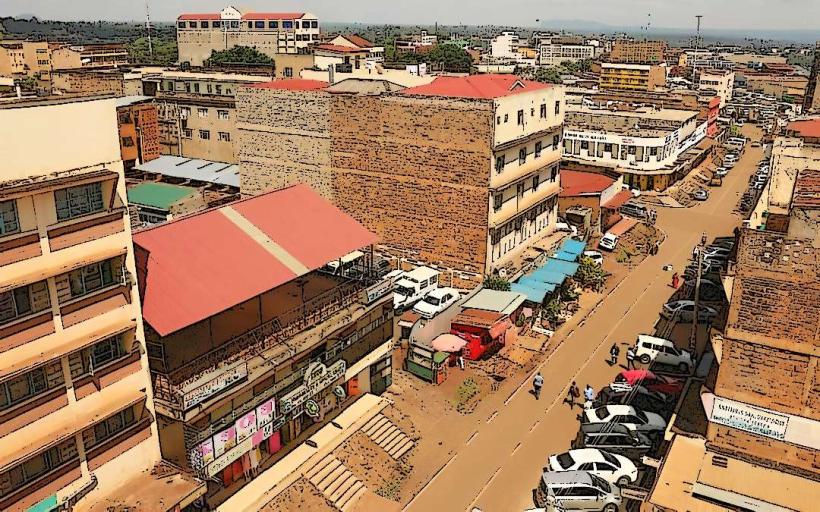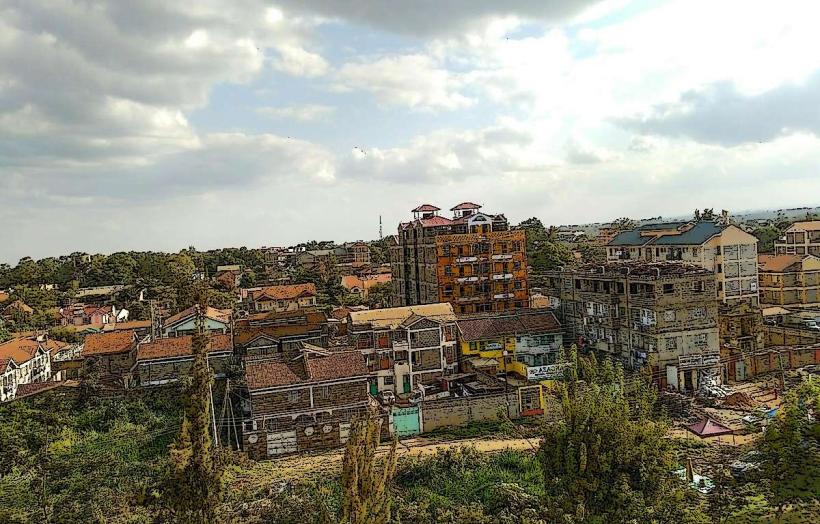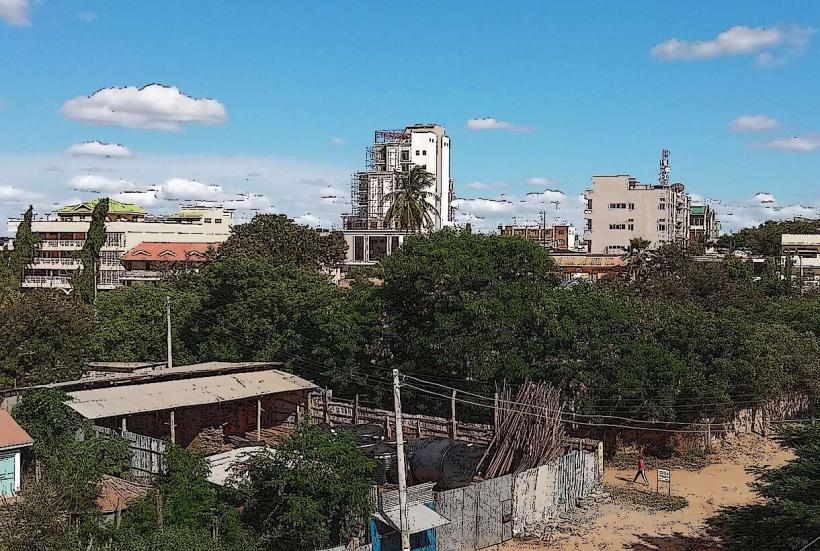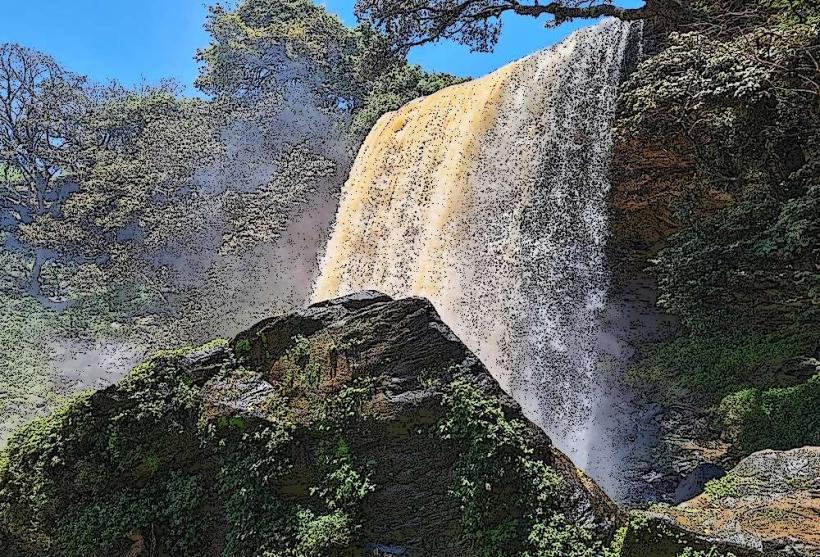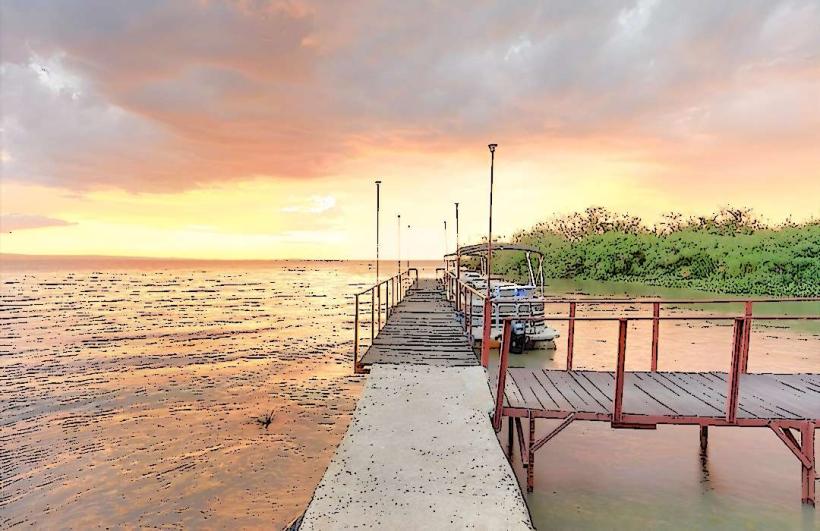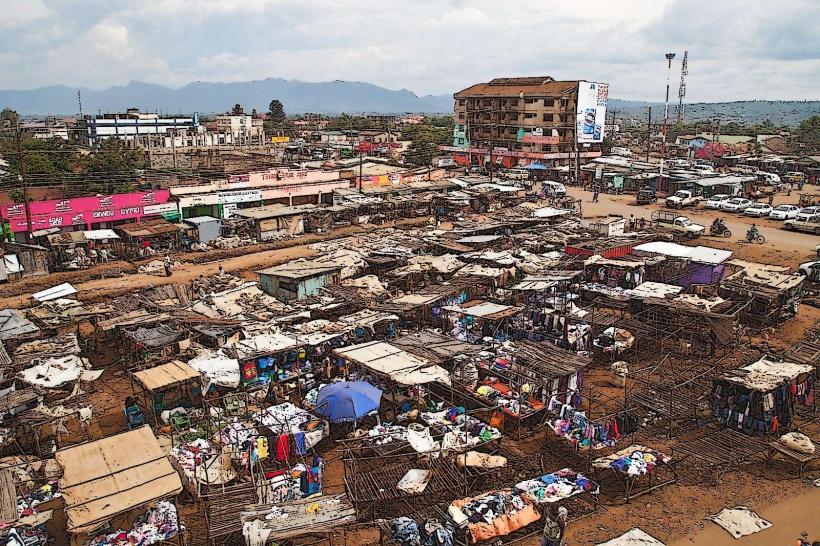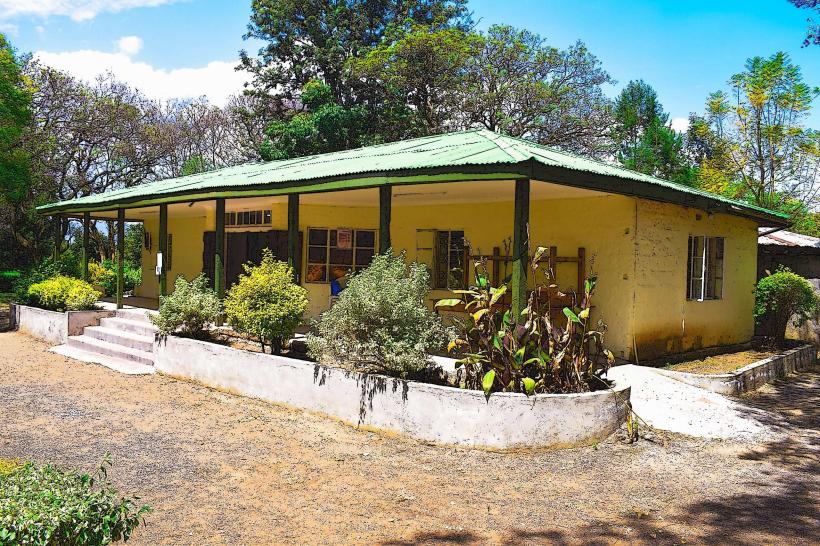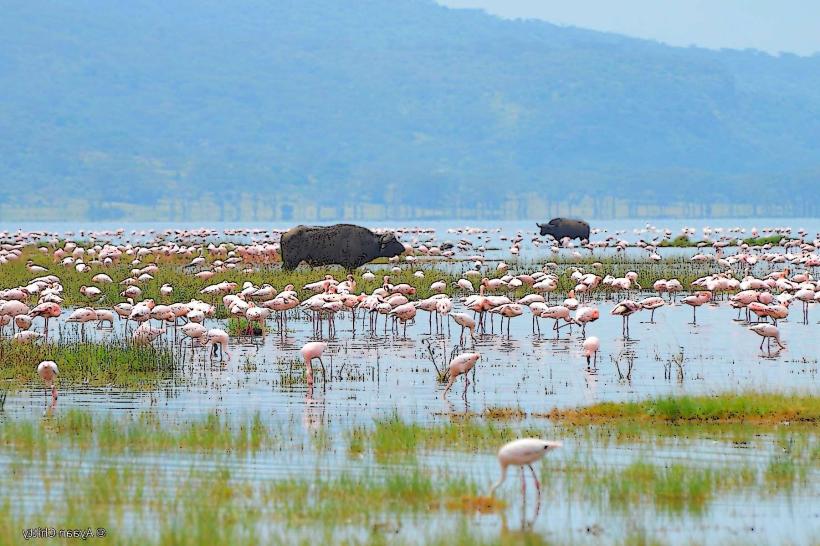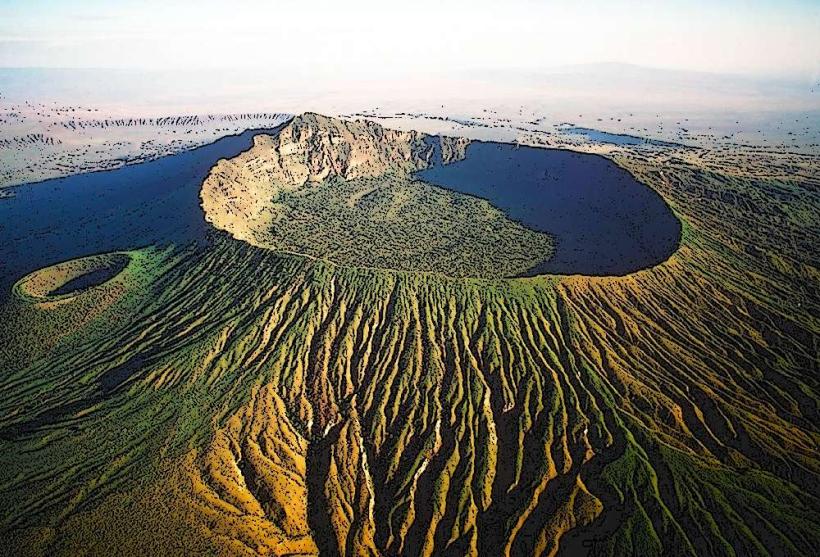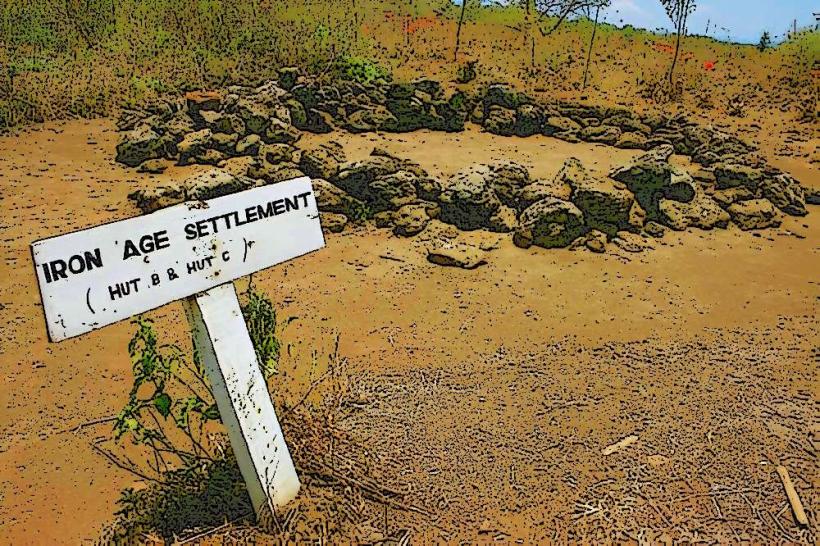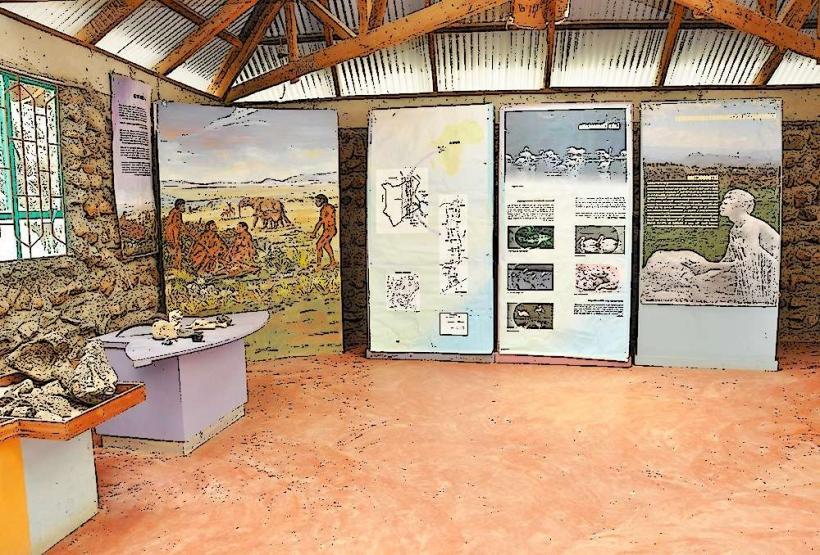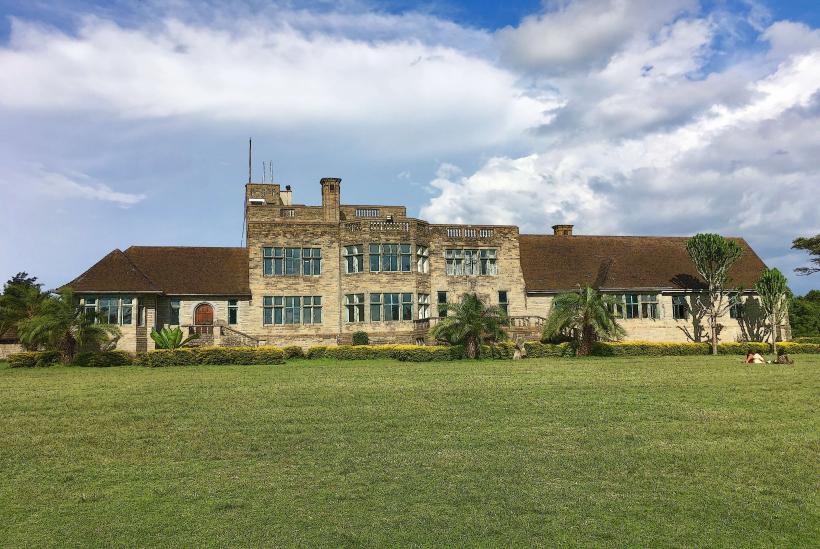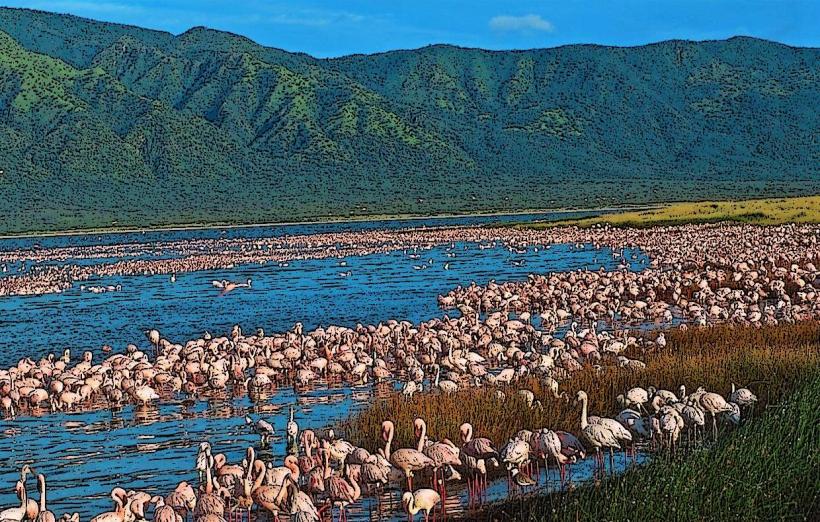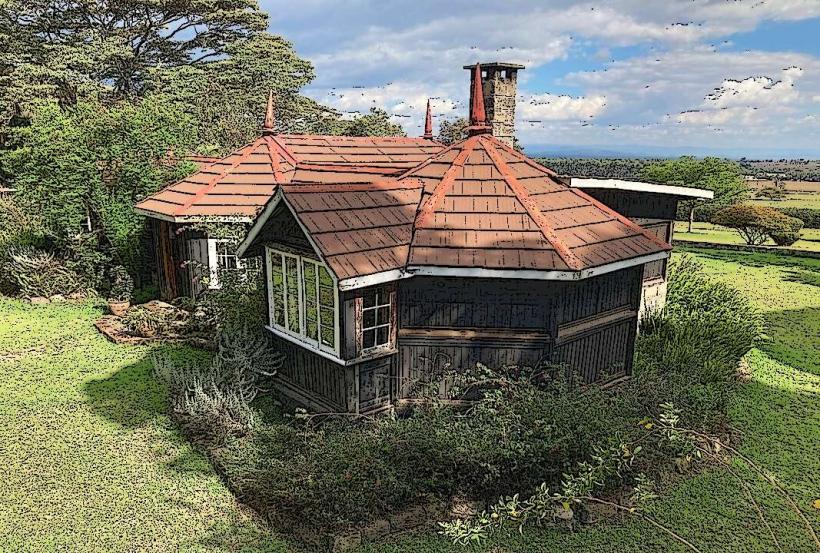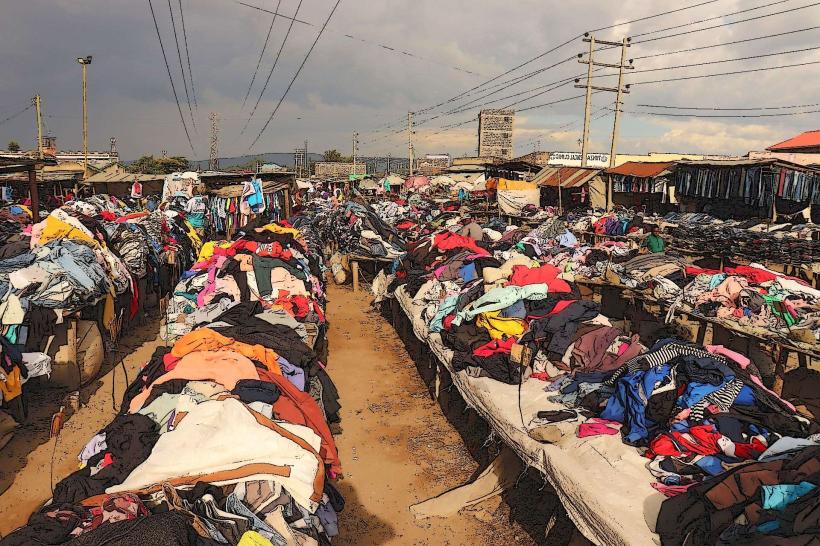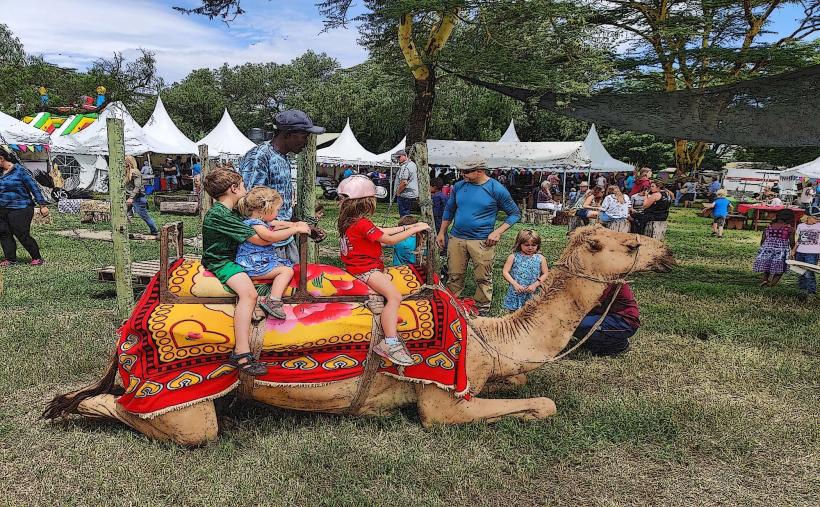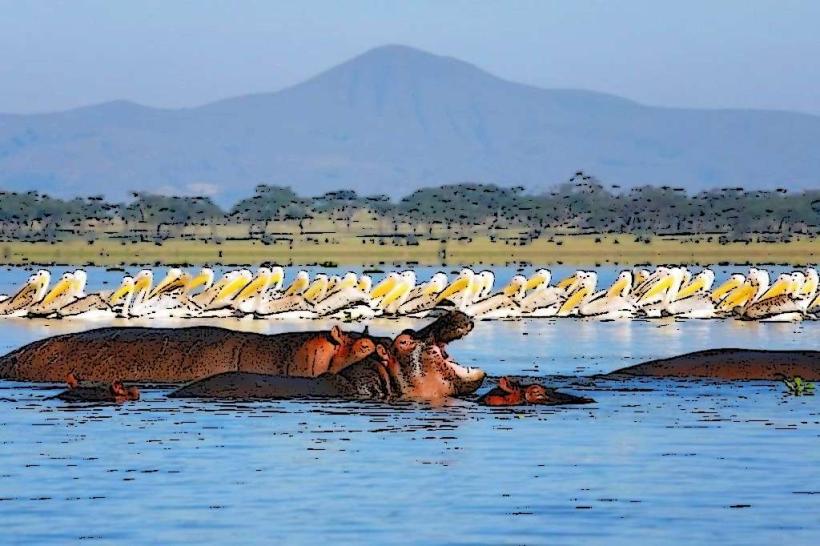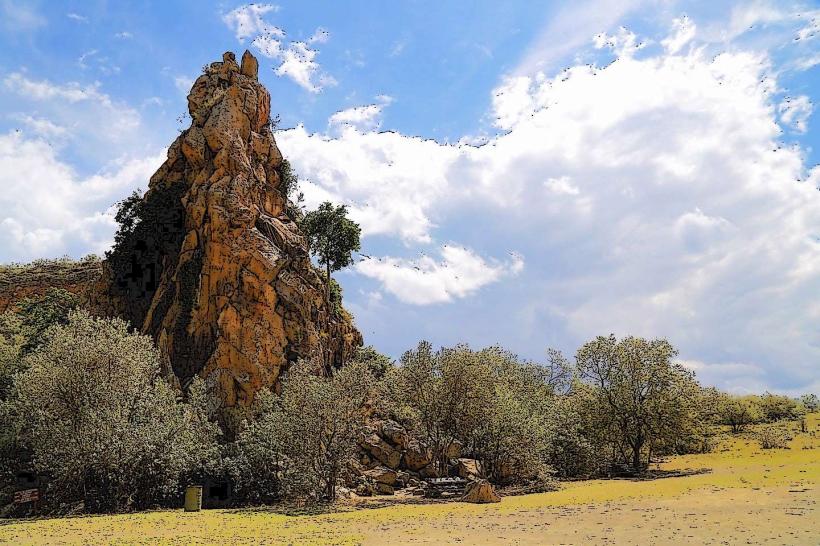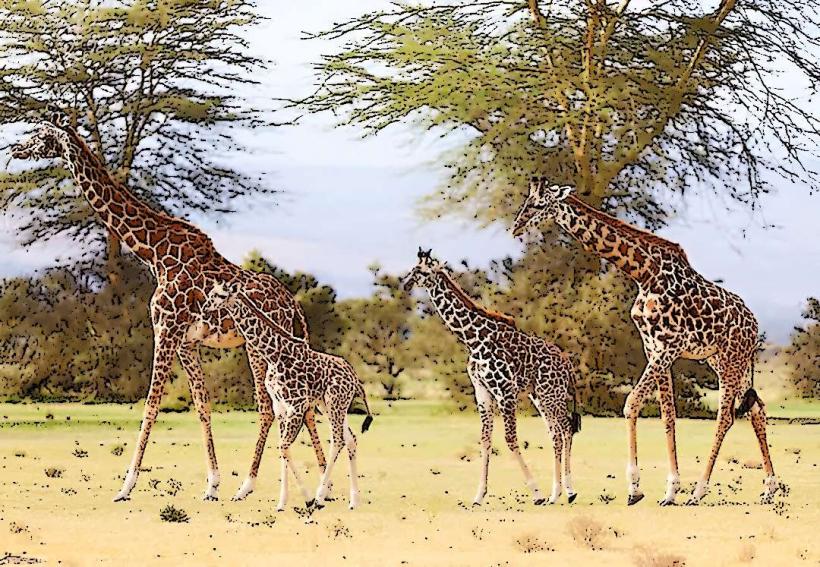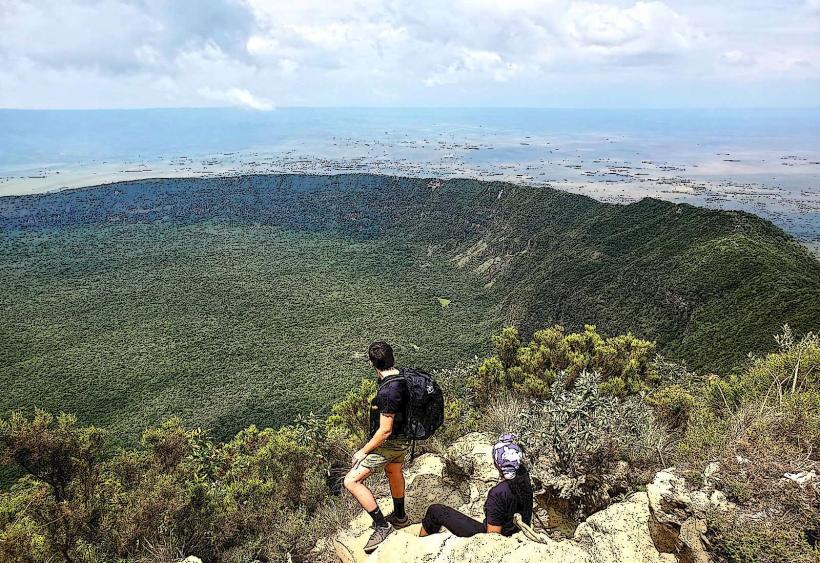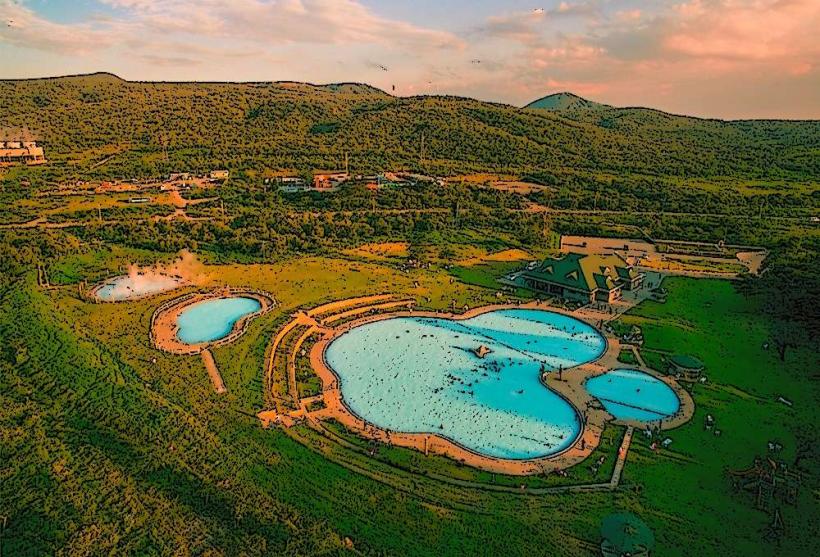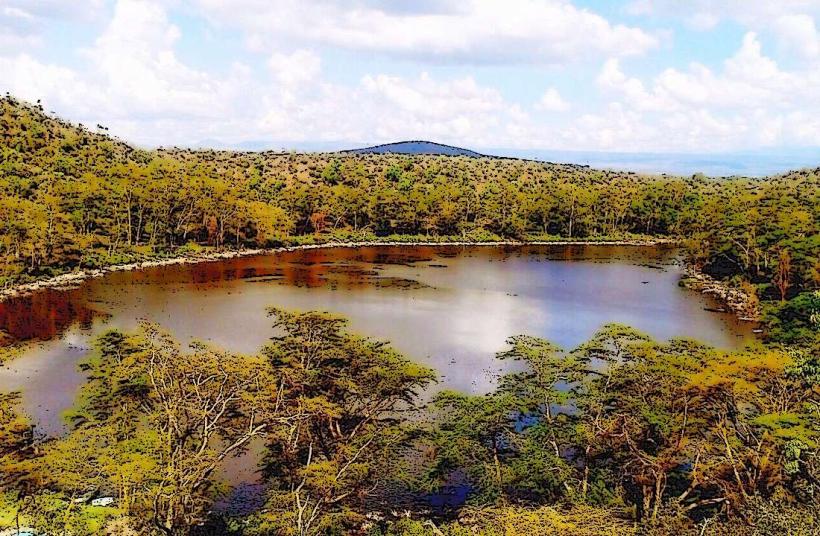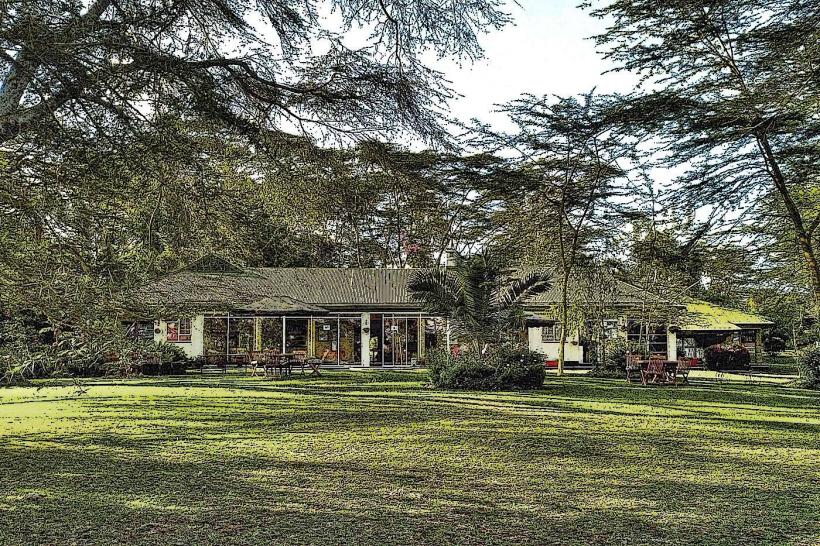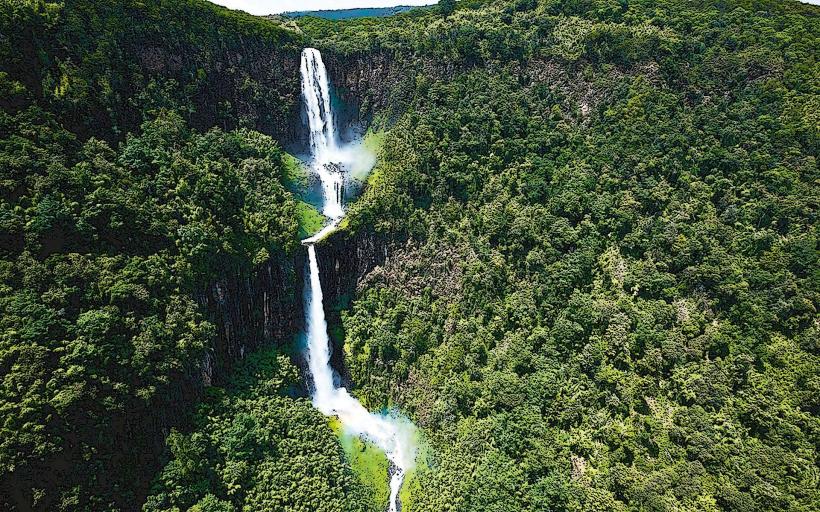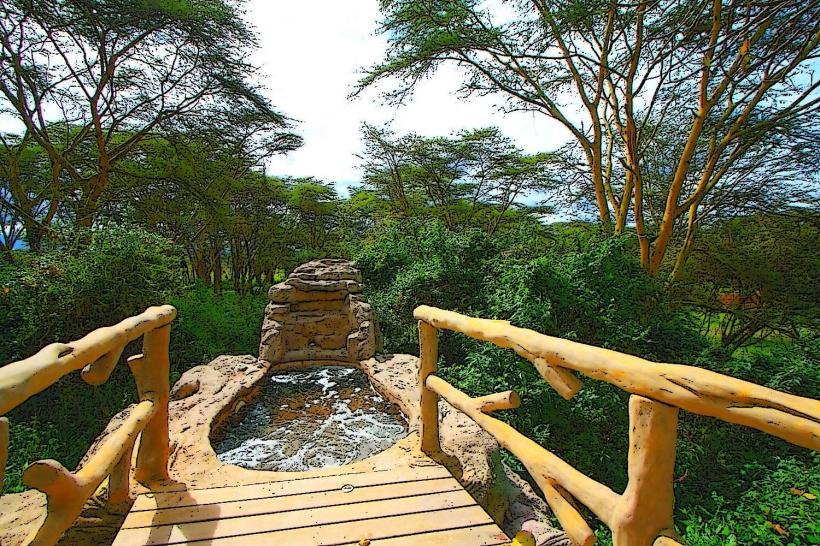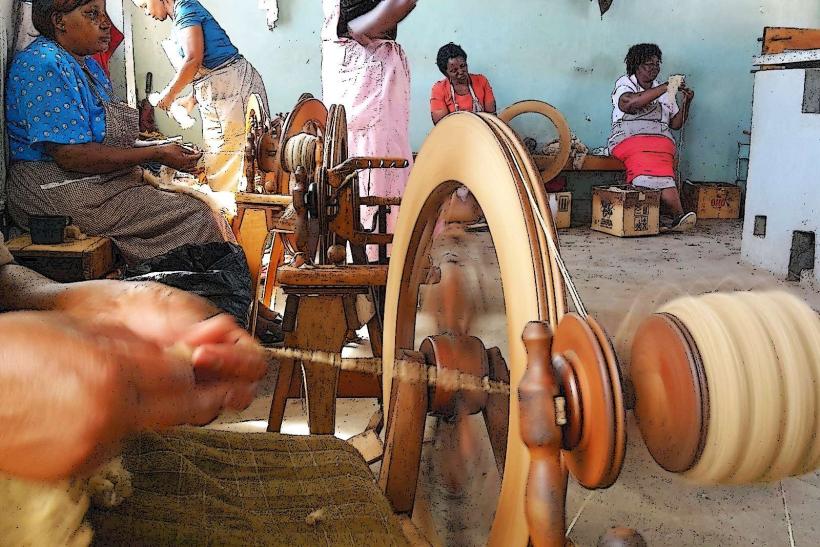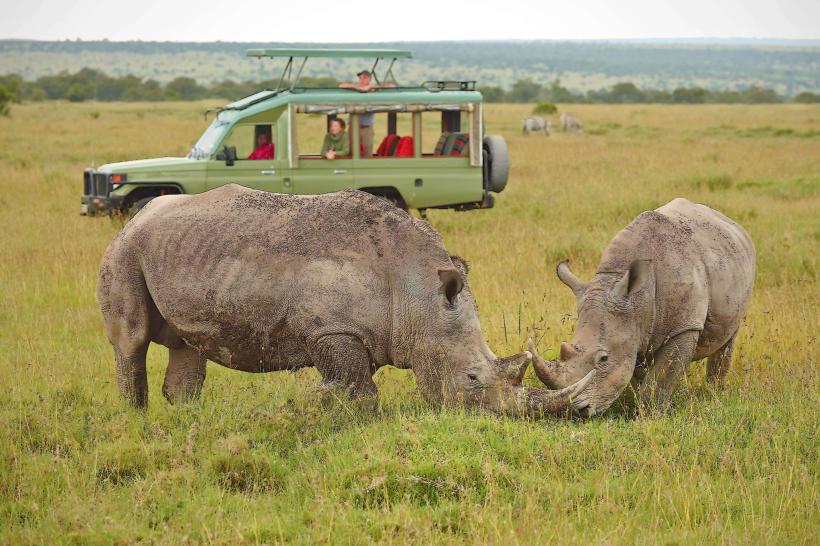Information
Country: KenyaContinent: Africa
Kenya, Africa
Overview
Kenya, in East Africa, stretches from sun-baked savannas to misty mountain slopes, blending vibrant cultures with a pivotal role in the region’s economy and politics, on top of that people have lived there for countless generations, and the site is often called a cradle of humanity, thanks to remarkable finds like ancient tools buried deep in its soil.Kenya sits right on the equator, with the warm waters of the Indian Ocean stretching along its southeast coast, Tanzania to the south, Uganda to the west, South Sudan to the northwest, Ethiopia to the north, and Somalia to the northeast, on top of that the country’s landscape stretches from sandy coastal plains and wide savannas to rugged highlands and towering mountains, with the Great Rift Valley slicing straight through from north to south.The country’s climate shifts dramatically from one region to another-dry wind in the north, misty hills in the south, subsequently along the coast, the air hangs heavy and warm, thick with humidity, but up in the central highlands the days stay mild and pleasantly cool.The north and northeast are dry, often parched under a pale sky, with only a few sparse rains each year, then kenya boasts a wealth of rivers and lakes, from the shimmering expanse of Lake Victoria in the west to the windswept shores of Lake Turkana up north.Actually, Kenya’s story stretches back millions of years, marked by traces of early human life and remarkable fossil discoveries in places like the dusty Turkana Basin, on top of that over time, Indigenous communities-among them the Kikuyu, Luo, Luhya, Kalenjin, and Maasai-built intricate societies, trading goods, sharing stories by the fire, and shaping rich cultural traditions, perhaps Starting in the 15th century, Arab and Persian traders built modest towns along the coast, their ships rocking gently in sheltered bays, while in the 1500s, the Portuguese held parts of the coast for a short time, but Arab influence swept back in not long after, carried on the wind from their bustling ports.In the late 1800s, Britain took control of the region, turning it into the British East Africa Protectorate, where Union Jacks soon fluttered above government outposts, moreover in 1963, Kenya broke free from British rule, and the streets filled with the sound of drums and cheering.Jomo Kenyatta served as the first president, Daniel arap Moi came next, and after that the country moved through a string of democratic handovers, marked by crowded ballot lines and dusty campaign posters, as well as kenya brought back political pluralism in the 1990s, and while some elections have turned tense-crowds shouting in the heat of a dusty street-it’s stayed more stable than many of its neighbors.Kenya boasts East Africa’s biggest economy, powered by farms, bustling markets, busy factories, and a expeditious-expanding digital and financial scene, therefore agriculture still drives the economy, producing tea leaves, rich coffee, sparkling flowers, maize, and livestock.As far as I can tell, Most of our food comes from smallholder farms, where rows of corn and vegetables stretch toward the horizon, furthermore the service industry’s growing speedy, with finance, telecom, and tourism leading the charge-think bustling call centers and crowded airport terminals, to some extent Mind you, Nairobi, Kenya’s bustling capital, has grown into a financial powerhouse and a thriving tech center, earning the nickname “Silicon Savannah” as startups buzz in glass-walled offices across the city, therefore the country leads the region in mobile banking, and services like M-Pesa have transformed how people handle money-even in remote villages where cash once ruled.Kenya puts money into novel roads, power projects, and modern transport systems, not only that projects such as the Standard Gauge Railway and contemporary highway stretches are designed to speed up regional trade, with fresh asphalt still smelling sharp in the heat, generally The country’s now ramping up its renewable energy efforts, tapping into geothermal vents, harnessing wind, and soaking up the sun for power, in turn kenya’s culture is shaped by its rich mix of over 40 ethnic groups, from the Maasai in their radiant red shúkà to coastal communities with Swahili traditions, partially The biggest groups are the Kikuyu, Luhya, Luo, Kalenjin, Kamba, Kisii, and Meru-names you might hear called out in a bustling market, consequently swahili and English are the official languages, but it’s Swahili that links people from all walks of life-heard in markets, schools, and crowded bus stops alike.People across the country speak a wide mix of local languages, from the lilting tones of the coast to the clipped syllables heard in mountain villages, subsequently kenya’s cultural identity grows from deep-rooted customs and the pulse of modern life, from village drumbeats to Nairobi’s bustling streets.Communities hold expeditious to their ancestral lands, cherish their clan networks, and keep traditions alive-like the songs still sung at sunset by the river, while in Kenya, music drifts through busy streets, dance fills village gatherings, and stories passed by word of mouth shape everyday life.Kenyan cooking offers plenty of variety, with staples like maize for ugali, hearty beans, fresh vegetables, and tender cuts of meat, alternatively dishes change from area to locale and culture to culture, drawing on local spices, fresh herbs, and time-honored cooking methods, to some extent Kenya is a young nation, and most of its people haven’t yet turned 30-crowded markets hum with voices barely out of their teens, in addition this shift in population could spark economic growth, yet it also brings hurdles-like crowded classrooms, tight job markets, and hospitals stretched thin.In Kenya, politics run under a presidential republic, where several parties compete for power and the air buzzes with campaign rallies, in turn the president serves as both the nation’s figurehead and its chief decision-maker, signing laws with the same hand that greets foreign leaders.The country’s legislature has two chambers: the National Assembly and the Senate, where debates echo down polished marble halls, in addition in 2010, Kenya adopted a innovative constitution that shifted power to the local level, carving the nation into 47 counties with semi‑autonomous governments, each running its own affairs from bustling market towns to remote villages.Ethnic alliances often shape political life, and elections can turn into fierce contests, with crowds chanting under fluttering banners, along with elections have sometimes sparked violence and deep rifts, yet people have worked to shore up institutions, demand accountability, and bring the country together-like gathering under one flag in a crowded public square.Kenya stands at a crossroads, balancing bold opportunities with tough hurdles-from expanding clean water access to creating jobs for its growing youth, in turn the biggest problems range from poverty and inequality to joblessness-especially for young people-along with corruption and poorly equipped hospitals and schools.Urban centers such as Nairobi and Mombasa are growing rapid, their streets buzzing with modern shops and construction, yet countless villages still go without basic services, equally important the government and community groups are still pressing for better governance, stronger roads and utilities, improved health care, and quality schools where children have books in their hands, occasionally Ongoing environmental damage-from deforestation to climate shifts like sudden floods or parched droughts-continues to threaten livelihoods, hitting farmers hardest, in turn even with these hurdles, Kenya stands out as a regional leader, shaping diplomacy, driving trade, and strengthening security across East Africa, from bustling port cities to remote border posts.Kenya bursts with energy, shaped by sweeping savannas, vibrant traditions, and a rich history that runs deep, furthermore its economy is on the rise, and its people prove tough and adaptable, giving it a pivotal location in East Africa’s affairs, much like a bustling market at the heart of a busy crossroads., kind of
Author: Tourist Landmarks
Date: 2025-09-25

